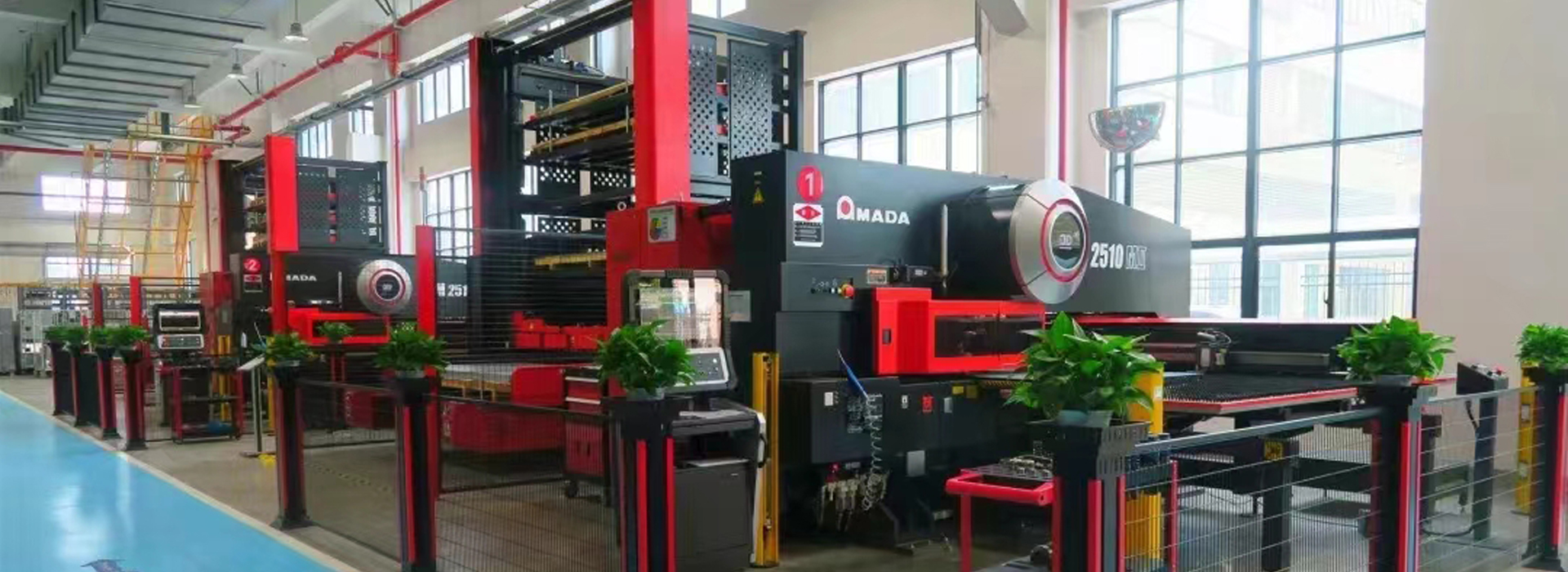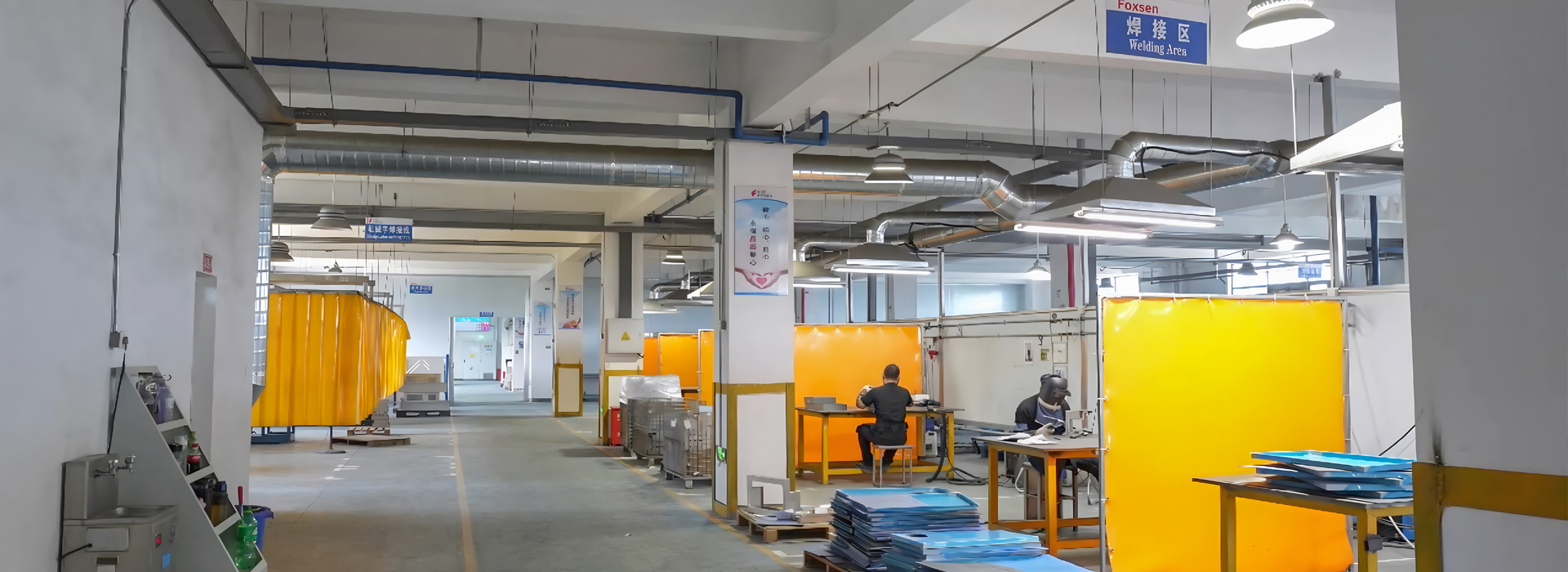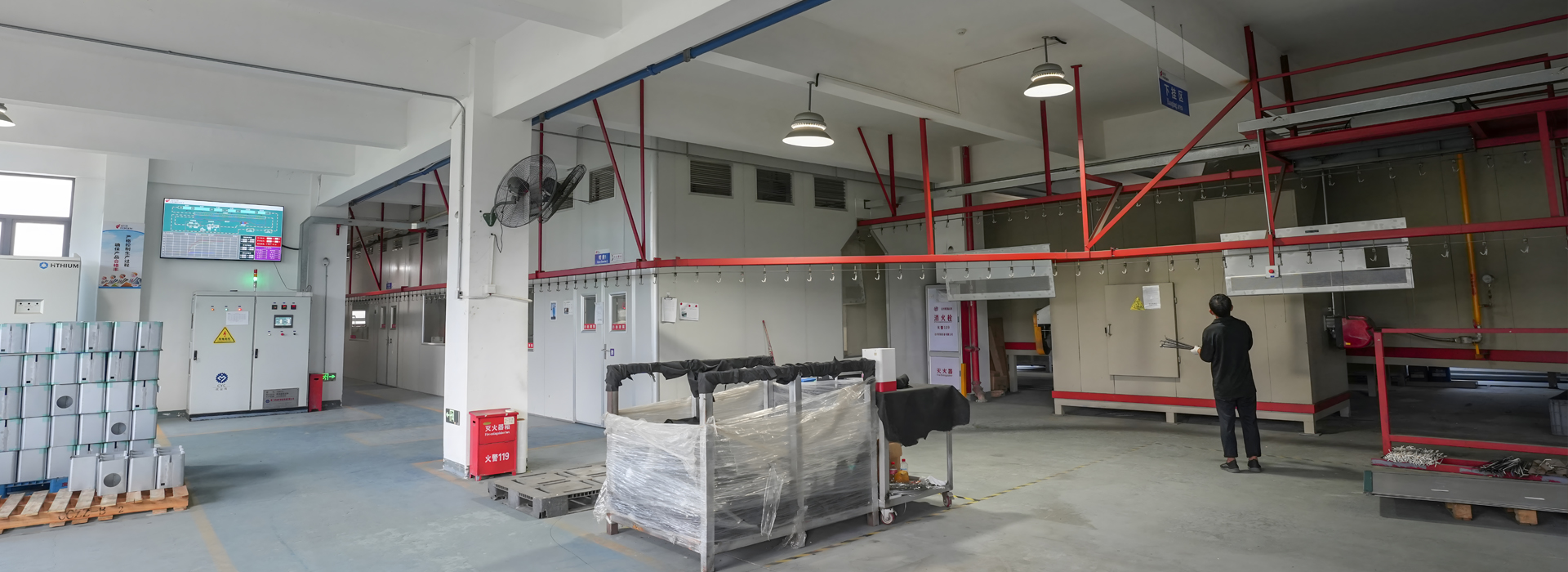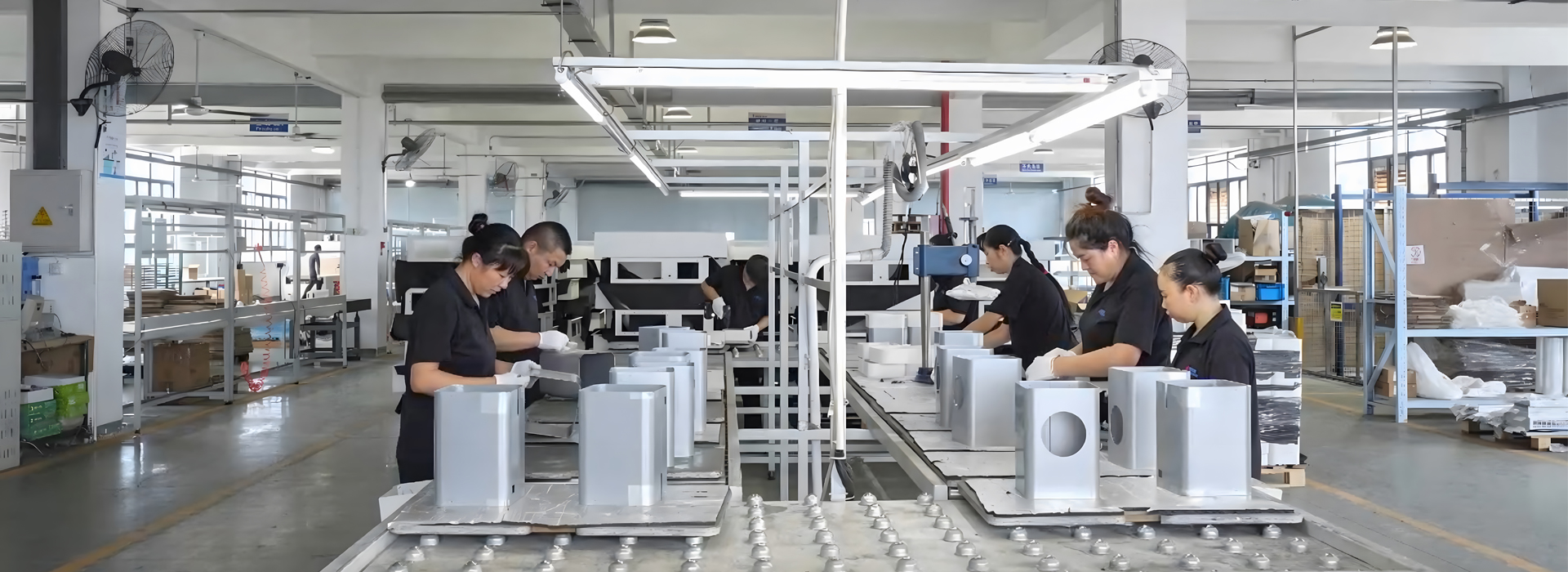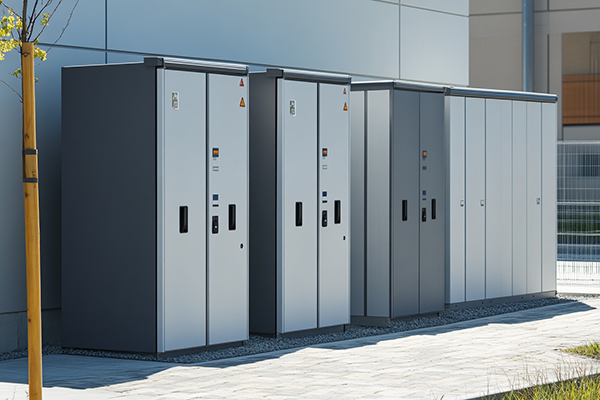
Sheet metal stamping parts are important pieces made by cutting and shaping flat metal sheets using special tools and machines. These parts are strong and accurate, making them useful in many industries.
The economic impact of sheet metal stamping is big.
Factories added $2.3 trillion to the U.S. economy in 2022.
Car companies use stamped metal for 38% of their needs because it is lightweight.
New technology has helped grow the demand for precise metal parts.
You can find these parts in cars, planes, gadgets, and even medical tools, showing how useful they are in today's manufacturing world.
Key Takeaways
Sheet metal stamping changes flat metal sheets into exact parts. It is important for industries like cars, planes, and electronics.
This method is cheap and helps make good parts fast. It also allows making many parts at once, saving time and cutting waste.
Using methods like cutting, bending, and shaping makes parts strong and accurate. These parts also match specific designs.
Picking the right materials, like steel or aluminum, is key. It makes parts strong and long-lasting, helping them work well in different uses.
Sheet metal stamping is important for making modern products. It helps create dependable items for fields like medicine and building.
What Is Sheet Metal Stamping?
Definition and Purpose of Sheet Metal Stamping
Sheet metal stamping changes flat metal sheets into specific shapes. It uses special tools and methods to do this. Steps like cutting, bending, and shaping are part of the process. These steps help make parts with exact sizes and detailed designs. The metal is stretched and shaped into permanent forms. This allows for creating complex 3D shapes easily.
The goal of sheet metal stamping is to make good parts quickly and cheaply. It is often used in industries like cars, airplanes, and electronics. Making many parts with the same quality is why manufacturers like this method.
Tip: Custom stamping lets you design parts to fit your needs perfectly.
Importance of Sheet Metal Stamping in Manufacturing
Sheet metal stamping is very important in making things today. It has many benefits that help industries produce better products:
Efficiency and Cost Savings: Systems track production to cut waste and save resources. Quick fixes to problems keep costs low and work fast.
Precision and Quality: Advanced tools ensure parts are made with high accuracy. Consistent results are achieved by reducing errors during production.
Versatility: This method can create many items, like car parts or gadgets.
Sheet metal stamping is one of the cheapest ways to make parts. While starting costs for molds can be high, making many parts lowers the overall cost. This makes it great for projects on a budget.
Note: Using computer tools improves accuracy in measuring and testing designs.
By using sheet metal stamping, you can save time, cut costs, and get great results. This process is key to modern manufacturing, helping create new designs and dependable products.
How Are Sheet Metal Stamping Parts Made?
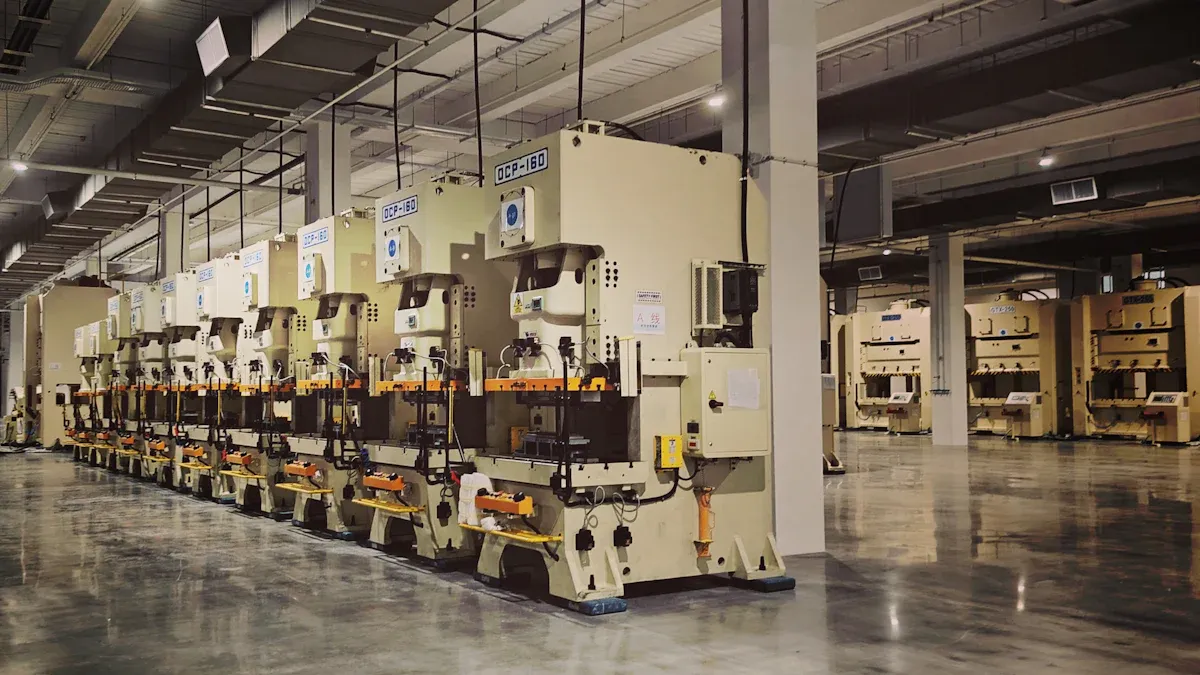
Overview of the Stamping Process
The stamping process changes flat metal sheets into exact parts. It starts with making design plans for the part's shape. These plans turn complex shapes into flat patterns for easier production. After finalizing the design, special tools called dies are chosen to match the needed surface quality.
Cutting methods like CNC machines or lasers are used to shape the metal. After cutting, steps like blanking, bending, and forming are arranged in order. This ensures smooth transitions and avoids mistakes. Lastly, methods like welding or riveting are used to put the parts together.
Tip: Optical tools check parts for quality and improve accuracy.
Key Techniques: Cutting, Bending, and Forming
Making stamped parts uses three main techniques: cutting, bending, and forming. Each step helps shape the metal correctly.
Cutting: This step trims and shapes the metal. Lasers are used for clean edges.
Bending: Force is applied to create angles or curves. Springback must be controlled.
Forming: Advanced tools like laser bending make detailed and custom designs.
Materials Commonly Used in Sheet Metal Stamping
The material used affects how strong and durable the parts are. Common materials include:
Steel: Strong and flexible, used in cars and buildings.
Aluminum: Light and rust-resistant, great for planes and electronics.
Copper: Conducts electricity well, used in electrical parts.
Brass: Durable and shiny, often used for decorative items.
Materials are picked based on what the part needs, like strength or flexibility.
Note: Factors like tool shape, temperature, and pressure affect part quality. Fixing these issues reduces problems like wrinkles or tears.
Types of Sheet Metal Stamping Parts
Characteristics of Stamped Parts
Stamped parts are precise, strong, and useful in many ways. They are made by shaping and cutting metal sheets with special tools called dies. The features of stamped parts depend on the materials and designs chosen during production.
Material Properties: Metals have different traits. Aluminum is light and resists rust. Steel is strong and bends easily.
Design Considerations: Designs must match how the part will be used. Shape, strength, and material all affect how well the part works.
Picking the right material is very important. It impacts how strong, durable, and light the part will be.
Stamped parts are great for making many identical items with consistent quality. This makes them perfect for industries needing large amounts of the same parts.
Examples of Common Stamped Parts
Stamped parts are used in many industries. Each industry needs specific parts for its work.
Automotive: Car body panels, engine mounts, and frames are common examples. Hot stamping makes these parts stronger.
Aerospace: Turbine blades and fasteners need to be tough and exact. Special metals are often used for these parts.
Electronics: Phone cases, heat sinks, and tiny connectors are stamped parts. Techniques like deep drawing help make these items.
Household Appliances: Items like washing machine drums and steel sinks are made using stamping.
A part’s strength depends on its design. How the material stretches affects how well the part works.
Stamped parts are key to modern manufacturing. They meet different design needs and help industries make reliable products.
Applications of Sheet Metal Stamping Parts
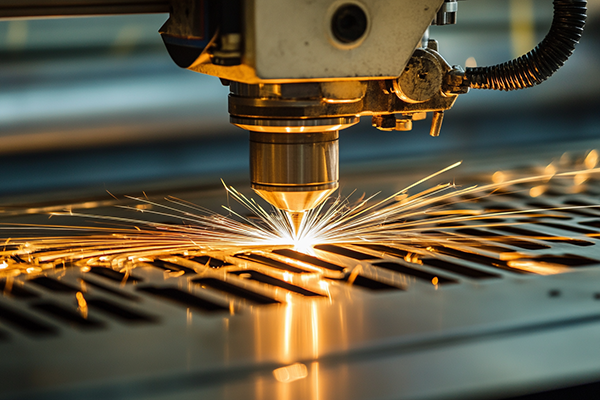
Sheet metal stamping parts are very important in many industries. They are precise, strong, and save money. Their flexibility makes them essential for modern manufacturing. Below are examples of their uses in three main areas.
Automotive Industry
The car industry depends a lot on sheet metal stamping. It helps make car panels, engine mounts, and frames. These parts must be safe and work well. Stamping ensures they are made with the same quality every time.
Car makers use progressive dies to speed up production. These tools do cutting and bending in one step. This saves time and money, making it great for mass production. Hot stamping is often used to make parts that are light but strong. These parts help cars use less fuel and stay safe.
Did You Know? Over half of car parts (55%) are made with sheet metal stamping.
Electric vehicles (EVs) need more stamped parts. EVs use light materials to save energy. Aluminum and strong steel are common choices. These materials are stamped to make durable and rust-free parts.
Aerospace Industry
In airplanes, sheet metal stamping makes light and strong parts. Turbine blades, brackets, and fasteners are examples. These parts must handle tough conditions and be very precise. Techniques like deep drawing and progressive stamping are used.
By 2023, the aerospace stamping market is worth $27.39 billion. It is growing fast because of new technology and more defense spending. Stamped parts make planes lighter without losing strength. This improves fuel use and performance.
The market may grow from $12.2 billion in 2023 to $18.7 billion by 2030. This is a yearly growth of 6.2%. The demand for precise parts is increasing. Advanced stamping methods help make complex parts with less waste.
Tip: Using light metals like aluminum and titanium helps meet airplane weight rules.
Electronics and Consumer Goods
Electronics and consumer goods also rely on sheet metal stamping. It helps make parts like phone cases, heat sinks, and connectors. These parts need to be precise, and stamping ensures they are made well in large amounts.
The electronics market is growing because of more demand for gadgets and EVs. New technologies, like automation, make production faster and more accurate. This reduces mistakes and improves quality.
EVs also need stamped parts for their electronics. These parts must be light and strong to work well. Deep drawing is used to make detailed designs for these needs.
Fun Fact: Stamped parts are not just for electronics. They are also used in appliances, tools, and decorations, showing their wide use.
Sheet metal stamping keeps improving electronics and consumer goods. It meets high standards while staying affordable, making it a top choice for manufacturers everywhere.
Medical and Construction Industries
Sheet metal stamping is very important in medicine and construction. It makes strong, accurate, and affordable parts for these industries.
Medical Industry
In healthcare, sheet metal stamping helps make safe and clean parts. Examples include surgical tools, equipment covers, and joint implants. These items must be rust-free, non-toxic, and safe for patients.
Surgical tools like scalpels and forceps are made with stamping.
Stamped covers protect delicate medical machines from damage.
Joint implants need strong and body-friendly materials to work well.
Common metals for medical parts are stainless steel and titanium. These metals don’t rust, are easy to clean, and stay strong under tough conditions. Stamping ensures these parts meet strict safety rules.
Tip: Picking the right metal makes medical tools safer and last longer.
Construction Industry
In construction, stamped metal parts are used for building and decorating. Examples include brackets, fasteners, and wall panels. These parts must be tough and able to handle bad weather.
Brackets and fasteners keep buildings stable and secure.
Wall panels look nice and protect buildings from rain and wind.
Decorative items like railings and trims improve building designs.
Galvanized steel and aluminum are common for construction parts. These metals resist rust and stay strong over time. Stamping makes it easy to produce many high-quality parts quickly.
Fun Fact: Metal wall panels are popular in modern buildings for their stylish look and strength.
Sheet metal stamping shows its value in both medicine and construction. Whether making medical tools or building structures, stamped parts are reliable and precise.
Sheet metal stamping parts are crucial in today's manufacturing. They are used in cars, planes, and medical tools. The process shapes flat metal sheets into exact parts. Millions of these parts are made every day, proving its efficiency.
Manufacturers like stamping because it makes good parts cheaply. Tools like monitoring systems help fix problems quickly. This method keeps improving and is essential for industries everywhere.
FAQ
What is the difference between sheet metal stamping and forging?
Sheet metal stamping uses tools to shape flat metal sheets. Forging uses heat and pressure to form metal into shapes. Stamping is great for thin, detailed parts. Forging makes thicker and stronger items.
Can you use recycled materials for sheet metal stamping?
Yes, recycled metals like steel and aluminum can be used. These metals stay strong and flexible, perfect for stamping. Using recycled materials helps reduce waste and supports eco-friendly practices. ♻️
How do you choose the right material for stamping?
Think about what the part will do and its needed strength. Aluminum is good for light parts. Steel is better for strong, tough parts. Pick a material that fits the part’s job and conditions.
Why is sheet metal stamping cost-effective?
Stamping makes many identical parts quickly and easily. Once the tools are ready, it saves time and lowers labor costs. This makes it a cheap way to produce large amounts of parts.
What industries benefit the most from sheet metal stamping?
Industries like cars, planes, electronics, and buildings use stamping a lot. It helps make strong, light, and exact parts for these fields. Its flexibility makes it useful in many industries. 🚗✈️

